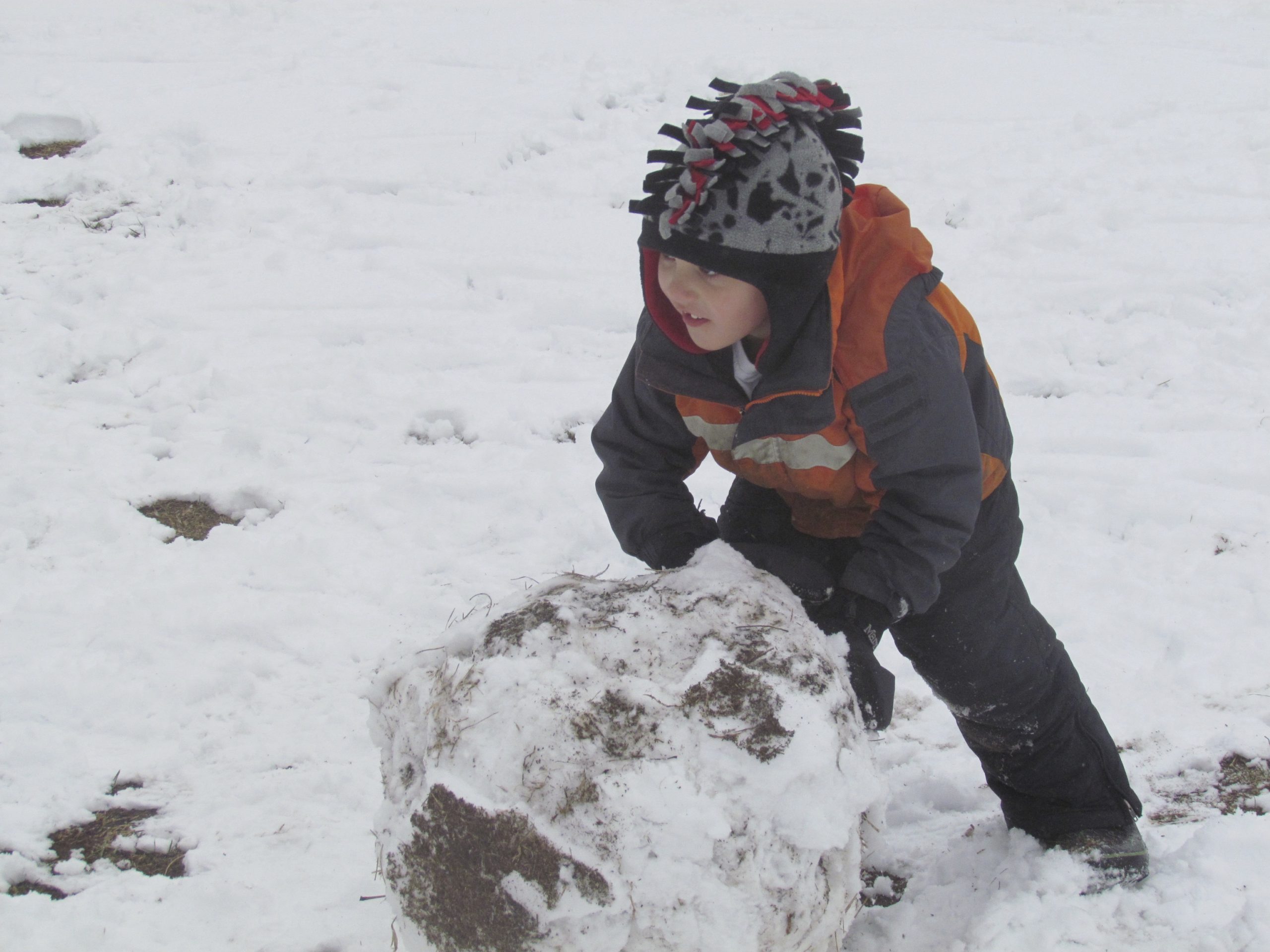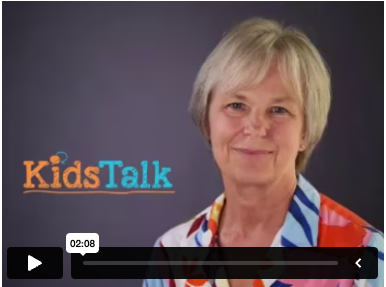The freedom to move and play outside inspires creativity and improves brain function
By Katie Arnold
When I was eight years old, I spent an hour every autumn day after school shooting baskets in our driveway in New Jersey. I was small for my age, had little talent for the sport, and didn’t love it all that much; what I loved were the stories I made up in my head as I practiced my layups alone. I loved how my mind was free to wander as my arms and legs and hands went through the repetitive motion of throwing the ball. Entranced by the silence and solitude, I invented elaborate tales and characters. I never wrote them down, nor did I go on to play competitive basketball. It wasn’t the game or the plots that stuck, but the discovery that motion and imagination are inextricably linked. Move your body and your mind will follow.
Now that I’m a parent, I’m reliving it through my daughters. I watch my eight-year-old talking to herself as she lags behind on the walk to school. Sometimes I get impatient and chide her to hurry. Then I catch myself. This is what I was did when I rode my bicycle over and over around the block, pretending I was Harriet the Spy. My older daughter makes up songs and sings them aloud while she skis. When children have time and freedom to move through the world at their own pace—not necessarily unsupervised, but unstructured—they delve into their imaginations. This is the important work of childhood, and it lays the foundation for growing into curious, open-minded, problem-solving adults.
Research shows that exercise—whether team sports, individual sports, or even just goofing off outside—makes us more creative and more attentive when we come back to our desks. It can also help us imprint learning into our muscle memory, much like repetitive sports training. In a 2014 study from the University of North Texas, researchers found that aerobic activity among kids led to higher scores on reading and math tests. Scientists at the University of Illinois, using MRI data to measure brain size, found that physically active nine- and ten-year-olds had larger hippocampi than their sedentary peers and scored higher on memory tests. And in an ongoing study, Northeastern University psychology professor Charles Hillman has found evidence that children who run and play for 70 minutes a day exhibit better cognitive skills than those who don’t.
Why is exercise key to cognition? “There are many different mechanisms,” Hillman says. “We don’t understand them all, but one of the basic ones is that in response to cardiovascular exercise, there’s an increase in blood flow. Blood carries oxygen, which feeds the brain tissue. Another is that neuro-protecting molecules increase during exercise, and these are related, among other things, to memory.” The bottom line is movement—even a single bout of moderate physical exercise improves brain function. Says Hillman, “If you asked me to design a perfect school day, it would have 45-minute lessons, with ten- to 15-minute recesses in between so they can gain the benefits of outside activity.”
The human brain has evolved to integrate and respond to signals from all five senses—not just sight—which may help explain why kinesthetic and tactile stimuli are a boost to learning. A friend whose ten-year-old son is dyslexic sends him to a tutor who has him practice spelling words aloud while jumping on a trampoline. Repetitive, rhythmic, multisensory activities like jumping, skipping rope, dancing, hopping, and throwing a ball engage the body, not just the mind, helping us better absorb information and retain it longer. Movement, especially when it’s enjoyable, also takes our minds off what might be otherwise perceived as an onerous task.
Just how much movement do kids need? In a report issued in November by the U.S. Department of Health and Human Service’s Physical Activity Guidelines Advisory Committee, kids ages six to 17 are advised to get one hour of moderate-to-vigorous activity every day. This is is unchanged from the previous report, but what’s new is the recommendation for even younger children: Preschoolers ages three to five should be “active throughout the day.” Team sports and organized activities are great physical outlets, but unscripted or solo free-play is also important. When they’re not responding to outward stimuli and instructions from their coaches or friends, kids are better able to tune in to their own imaginations. And according to recent studies, daydreaming is both a marker of intelligence and a conduit to greater creativity.
So the next time my girls seem too slow on their bikes and destined to be late for school, I’m going to chill out and let their minds and bodies wander.
A Bit of Raintree History: Montessori’s quote, “There is not bad weather, only inappropriate clothing,” underscores her research regarding the importance of spending time outside, something we took to heart at Raintree from the beginning. One winter a deep snow covered the campus, and we got a call from the local TV station asking if we had kids playing in the snow. They hadn’t been able to find a school that was allowing kids to playing outside, but of course, our kids were. They also had horses, sheep and other animals to feed in addition to playing. That night on the evening news Raintree students were featured breaking ice on the horse trough with a sledgehammer and feeding the animals. It looked like our kids were in a gulag in Siberia, but that’s ok. Being outside is important plus the animals needed water and food!







